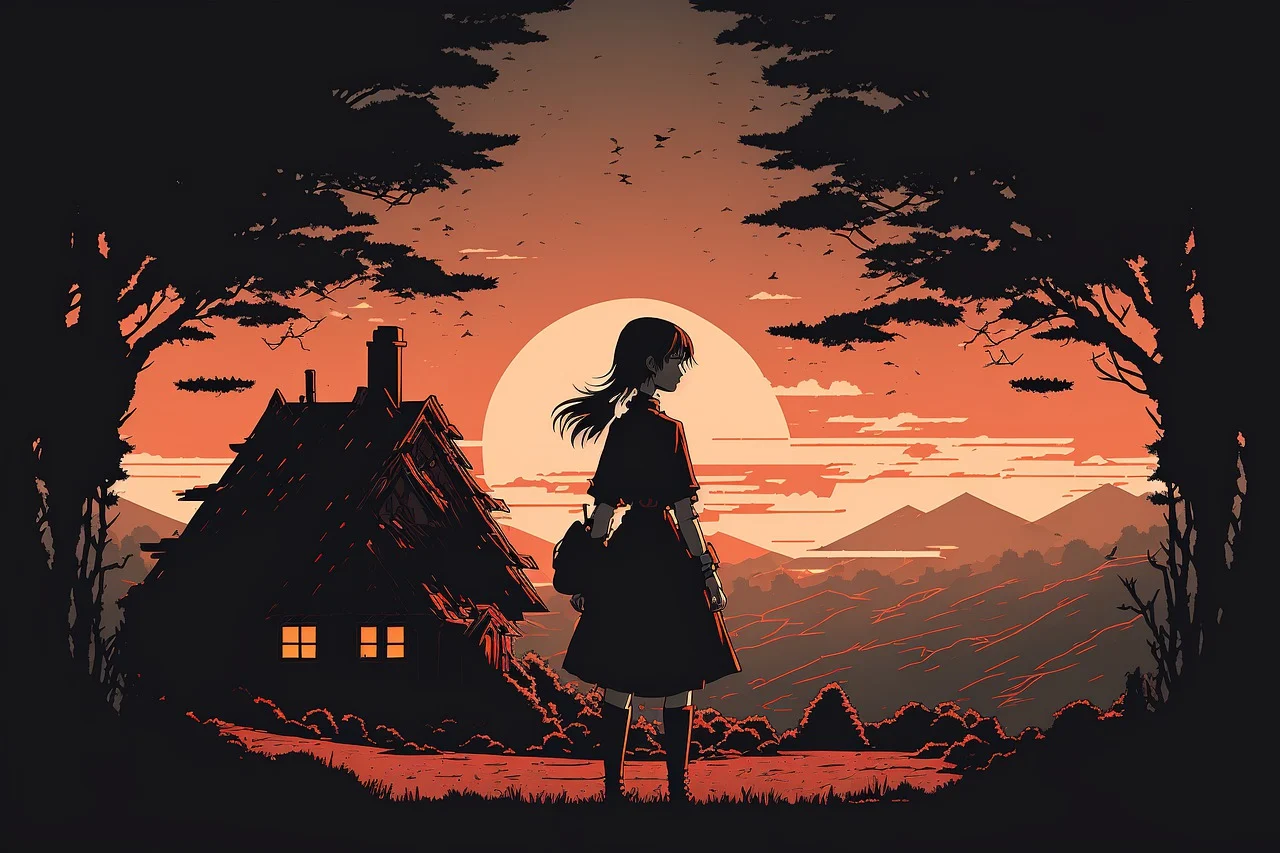
Origins and Evolution of Anime
Anime can trace its origins back to the early 20th century in Japan. Some of the earliest examples include Mutsuo Okabe's Namakura Gatana in 1917. However, anime as we know it began taking shape in the 1960s with classics like Astro Boy and Kimba the White Lion paving the way. Advances in animation technology allowed for increasingly sophisticated animated productions. Animators alsobegan experimenting with different art styles and storytelling techniques. Through the 1970s and 80s, many beloved franchises like Lupin III, Mobile Suit Gundam, and Dragon Ball took the world by storm establishing anime fandom globally.
The 90s saw a new golden age for anime with masterpieces like Neon Genesis Evangelion, Sailor Moon, and Cowboy Bebop attracting both critical acclaim and widespread commercial success. During this time, anime diversified beyond its robot and fantasy roots to explore many new genres including slice-of-life, suspense thrillers, romance and more. The widespread availability of Anime fan subs also enabled global audiences to appreciate these productions like never before fueling further growth. Today, with technology allowing for high production values at lower costs, anime has become a pioneering visual medium entertaining audiences of all ages everywhere.
Peak Popularity and Influence of Mainstream Anime Franchises
Some of the most popular mainstream anime franchises continue attracting new fans every year. Since debuting in 2001, Naruto became one of the best-selling manga series. The long-running TV anime adaptation was also hugely popular in Japan and abroad. Its sequel Boruto: Naruto Next Generations retains an avid following today. Other influential 'shonen' series which garnered worldwide recognition include Dragon Ball, One Piece, Bleach, My Hero Academia and Demon Slayer. The latter's feature film broke box office records in Japan reflecting anime's crossover appeal.
These long franchises spanning hundreds of episodes were event programming for their dedicated fanbases. Their compelling stories and memorable characters keep drawing viewers back year after year to continue following their journeys. there are also mega-popular franchises from days past which retain cult followings like Neon Genesis Evangelion, Sailor Moon, and Code Geass. Contemporary franchises like Jujutsu Kaisen and Spy x Family continue captivating new and old viewers with their fresh takes on battle shonen and slice-of-life genres.
Subgenres and Experiments in Storytelling
While shonen battle shows remain massively popular, there are many other subgenres which anime excels at exploring. Series classified as 'seinen' like Monster and Vinland Saga provide mature, sophisticated stories targeted at older demographics. 'Josei' anime focuses on sophisticated female-oriented stories like Fruits Basket and March Comes In Like a Lion. Mecha anime like Gundam and Code Geass remain perennially popular for their futuristic tales of giant robots and sci-fi technology. Romance, slice-of-life and psychological thrillers like Your Lie in April, A Silent Voice and Death Note captivate with their heartfelt grounded stories and twists.
Anime also frequently experiments with innovative visual styles and storytelling techniques. Hit series like Mob Psycho 100 and Keep Your Hands Off Eizouken push creative boundaries with their avant-garde animation aesthetics. Short-form anime like EDEN's Zero is a new medium between TV and movies. Cinematic anime films from Studio Ghibli, Makoto Shinkai and others are revered worldwide for their visual splendor. With no limits to animation, the variety and artistic freedom of anime will surely continue to evolve in exciting ways.
Impact and Influence of Anime Worldwide
Anime has gone global thanks to the accessibility of streaming. Services like Crunchyroll, Funimation and Netflix license numerous popular titles bringing many series to worldwide audiences with official subtitles and dubs. This has exposed anime to wider popularity beyond its origins. Anime's increasing influence is evident in references found across global pop culture from movies and video games to fashion.
Conventions like San Diego Comic-Con and Anime Expo see increasing attendance numbers annually as fandom flourishes. Cosplay, where fans recreate outfits of their favorite characters, is a true art form inspired by anime. With such engagement from global audiences, the anime industry has rapidly expanded internationally as well. Popular manga franchises are being adapted into Netflix live-action series and Hollywood blockbusters. This two-way cultural exchange will only bring anime greater recognition and appreciation from all corners of the world. Going forward, as animation rises as a storytelling medium, anime's boundless creativity ensures its impact will continue growing globally for generations to come.
Get More Insights On- Anime
Select the language you're most comfortable with
Vaagisha brings over three years of expertise as a content editor in the market research domain. Originally a creative writer, she discovered her passion for editing, combining her flair for writing with a meticulous eye for detail. Her ability to craft and refine compelling content makes her an invaluable asset in delivering polished and engaging write-ups.
(LinkedIn: https://www.linkedin.com/in/vaagisha-singh-8080b91)


































